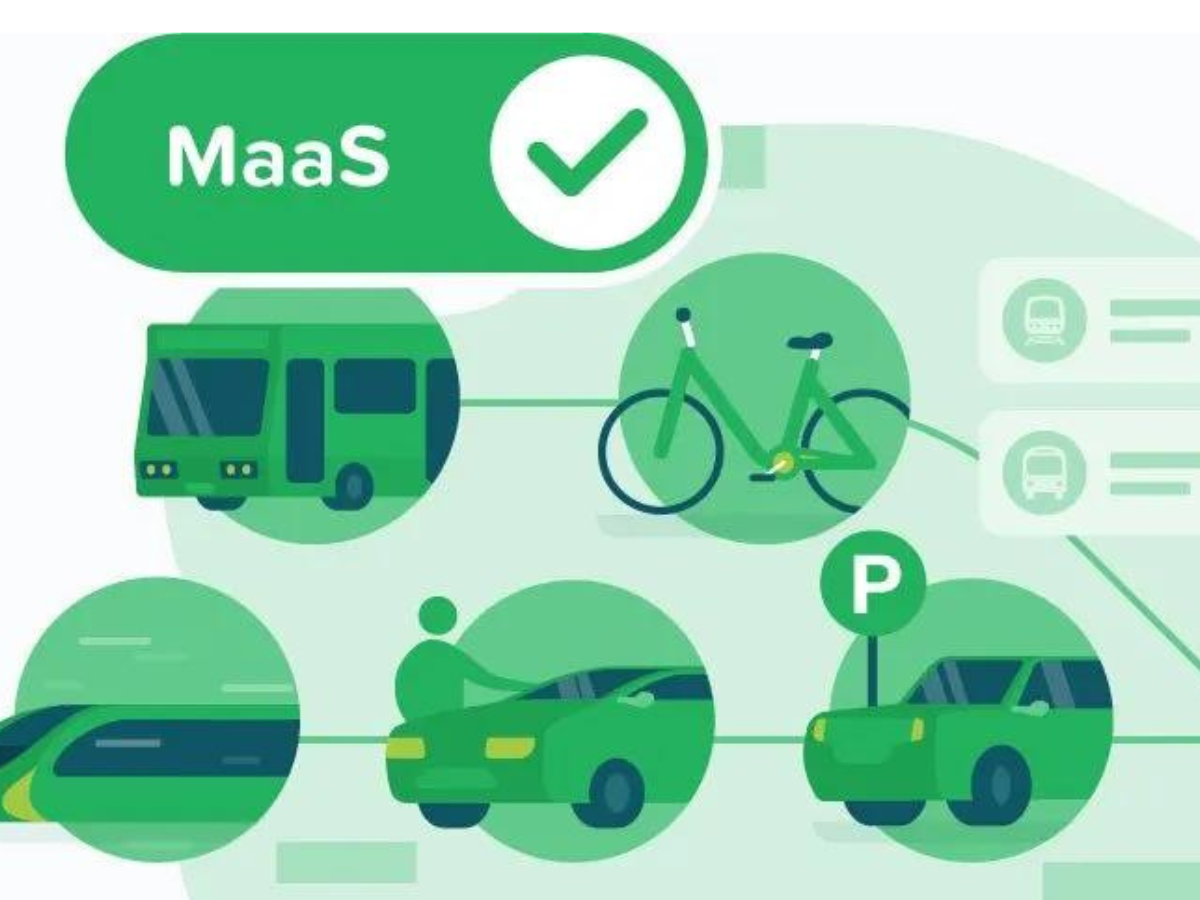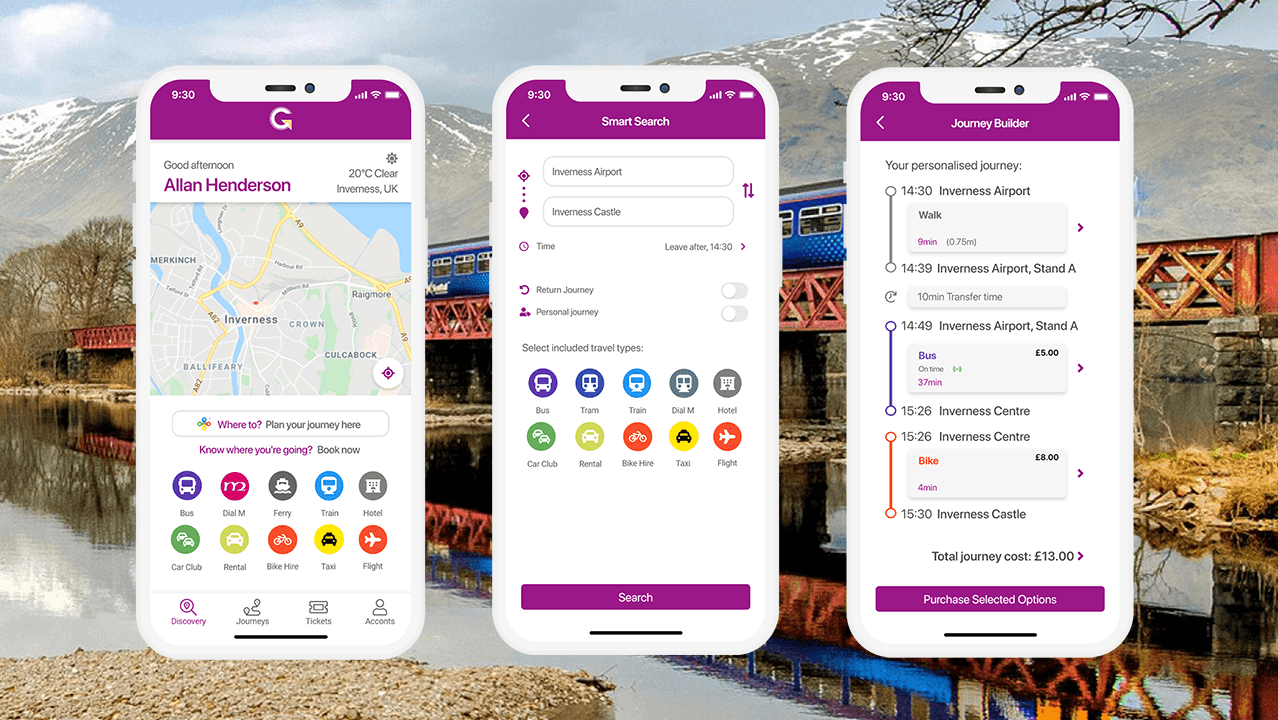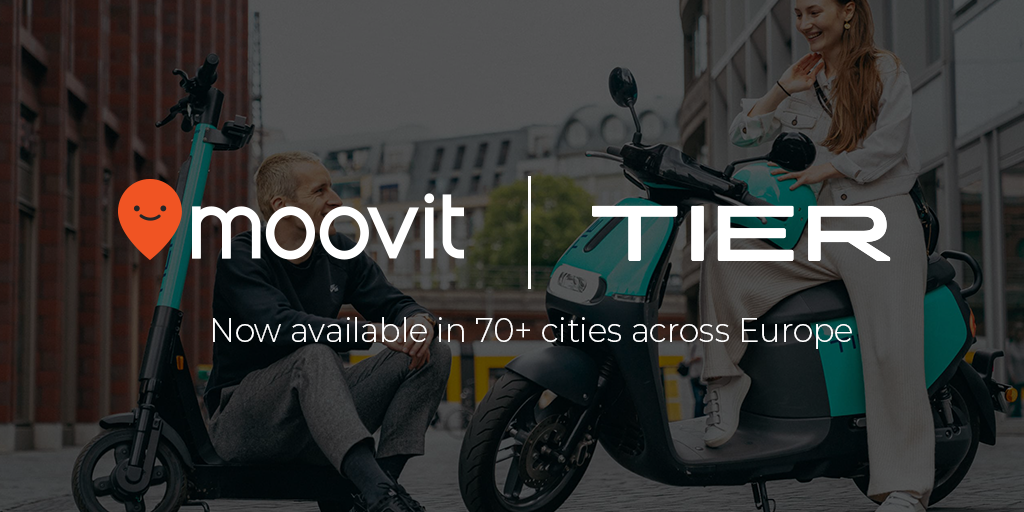How MaaS Data Can Support Sustainable Cities
Mobility is high on the agenda for most cities, with many claiming to be the first ‘smart’ city or launching major mobility projects to reduce environmental impact. Yet, the notion of a ‘sustainable’ city is a complex web of challenges. There often remains a disconnect between the different initiatives which operate in isolation: a push to introduce micromobility here or to increase cycle lanes there – all valuable projects but rarely considered holistically.
What will drive sustainability are urban planners and local governments designing cities around people (rather than cars) – and doing so in an integrated, data-based manner. This requires an in-depth understanding of how, why and when people move around cities. In this article, we explore why Mobility-as-a-Service (MaaS) data has an important role to play, helping transport stakeholders and city planners to better understand mobility behaviours and determine how best to shape public policy, utilise space and where to direct funding.

Why MaaS Data Is Crucial for Cities
MaaS data can offer local governments a treasure trove of information on how their citizens travel throughout the city. This information can be used as a baseline to inform and support transport-related decisions. Simply asking people how they move and what they want from their cities and transportation isn’t enough. They may respond with what they believe to be true, may forget certain behaviours (or not want to divulge them), or may say what they think is socially acceptable.
This can lead to a gap between values/beliefs/intentions and actions. A recent survey of ten European countries highlighted that while citizens were very concerned about the environment, they rated sustainability measures that would limit their lifestyle of lower importance (Guardian). While engaging with citizens and hearing their opinion is valuable, collecting data on day-to-day behaviour is essential to understanding what’s happening in real life.
What Data Can MaaS Offer?
MaaS links up datasets from different providers, generating anonymised real-time passenger flow information from public transportation systems, bike-share locations, car-share hubs, charging stations, ride-hailing geospatial data and more. GPS breadcrumb trails using latitude and longitude data can record trip information such as the path an individual or vehicle has travelled, transport mode, as well as the location and journey start and end times (NACTO).
When connecting this data, from vehicle movements to weather patterns, we can start to uncover trends based on, for example, timeframe, distance, mode, CO2 and cost to help city planners make more informed decisions. Further examples include sensors on public transport providing insights on congestion, or crowdsourcing schemes collecting data directly from travellers.
Bringing all of this data together not only benefits the end-user with access to a more connected and comprehensive transport system, but also local governments. This becomes more apparent if MaaS data is integrated into complex simulation models to help analysts make realistic projections about urban ecosystems. Insights into behaviour patterns and mobility trends could help them better understand transport habits. Faster innovation and more efficient service delivery are further benefits of gathering and analysing MaaS data.
Supporting Data-Backed Decisions
While the experience of seasoned professionals in local government is highly valuable and shouldn’t be ignored, having behavioural data can lead to new insights and aid decisions in several ways. These include:
- Shaping Policy
Finland leads the way when it comes to mobility innovation, having revised its transport policy to emphasise digital technology (OECD). It sees MaaS as an important part of the mix, and rightly so, given its ability to provide data that can be used to improve public transport and network planning, predict commuter behaviour and demand for services – and measure changes in those mobility behaviours (MOTIONTAG).
MaaS data can increase the efficiency of transit systems by identifying, for example, areas with low bus ridership, the need for more effective bike-sharing schemes or how best to encourage walking and cycling and reduce private car use. City planners can predict pollution levels based on traffic loads, avoiding spikes in pollutant concentrations caused by sudden surges in traffic congestion. All of these insights can be used to inform public policy.
- Urban Design
Direct insight into citizen mobility means local governments can better plan for growth and set guidelines for land developments in urban areas with, for example, new zoning regulations. Policymakers can draft new strategies based on real information about how citizens move through the city to create more efficient and better designed urban spaces.
This could include reimagining existing assets (Cities Today), strategically deploying dynamic bus services, re-organising bus/coach routes, widening footpaths and lowering kerbs so they’re accessible to people with reduced mobility. MaaS data could also support organisations like Active Travel England (ATE) to make better decisions on the funding and design of cycling and walking schemes (The Guardian). More of our urban spaces could be designated to multi-purpose rather than single use, with a focus on improving air quality and reducing congestion.
- Financial Decisions
Basing budget allocation on data-backed decisions could give city planners confidence that intended projects are likely to support sustainability objectives while ensuring the necessary mobility services are in place for citizens. This is particularly the case for complex urban replanning and integrated transport projects which may have political as well as financial implications.
Tax reforms may be used to cut fuel subsidies and tax breaks on cars, potentially taxing by usage to encourage the take up of sustainable transport modes and drive change in commuter behaviour. Rather than an increase in public spending, this is a shift in where public funds are invested (Coalition for Urban Transitions). If future urban solutions result in a more interconnected and accessible transport ecosystem, it could absorb some of the resistance to change as well as provide long-term benefits to wellbeing and the environment.
A Better Future
There are numerous challenges when it comes to achieving the sustainability goals set by the global community. By gaining a better understanding of cities through various types of data, together with a feedback loop, local governments and planners can develop new solutions to current problems.
Cities become smarter with responsive infrastructures that respond directly to changing urban needs. With a data-backed integrated approach that considers quality of life, congestion and pollution as a whole, we can build urban spaces where people are happy to live, work and play while supporting global sustainability commitments.
Did you know…
SkedGo can help you understand mobility behaviours. Whether you want to prove that commuters are choosing more sustainable options, analyse when and where demand for transport is highest, or see how travellers are combining different transport options, we have a solution for you. Contact us today to find out how.
This article was originally published by SkedGo Pty Ltd.














